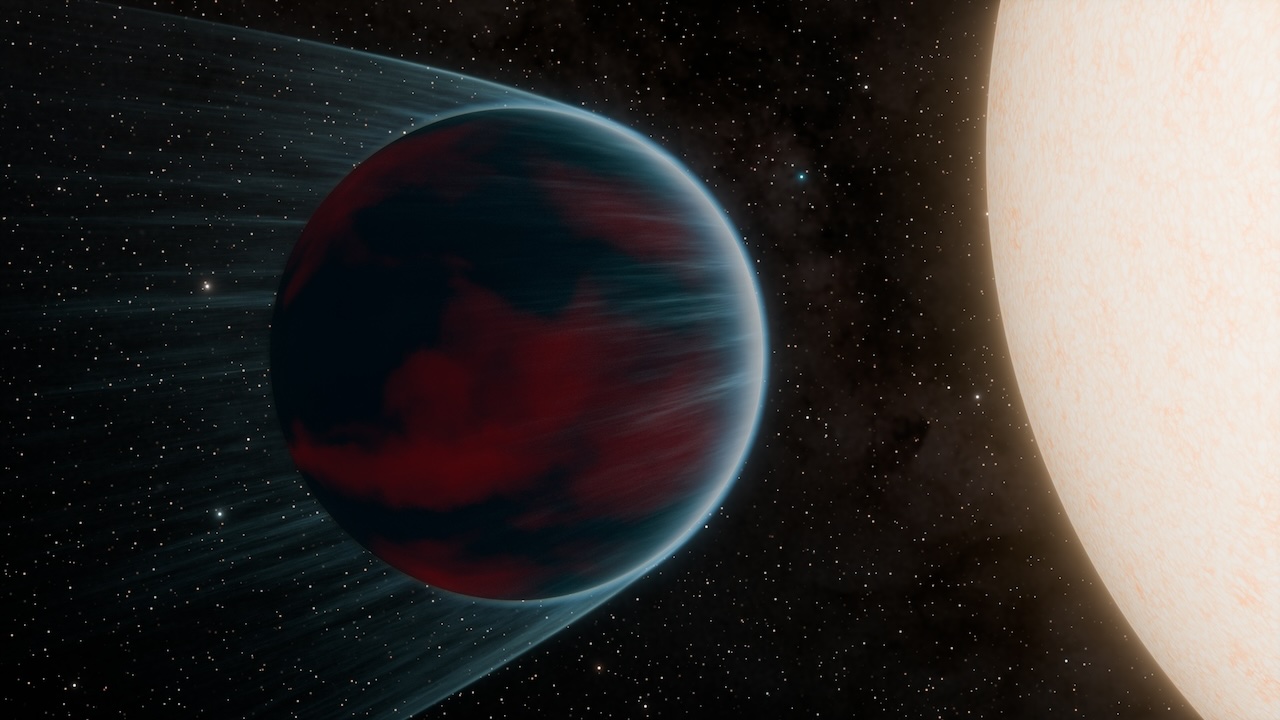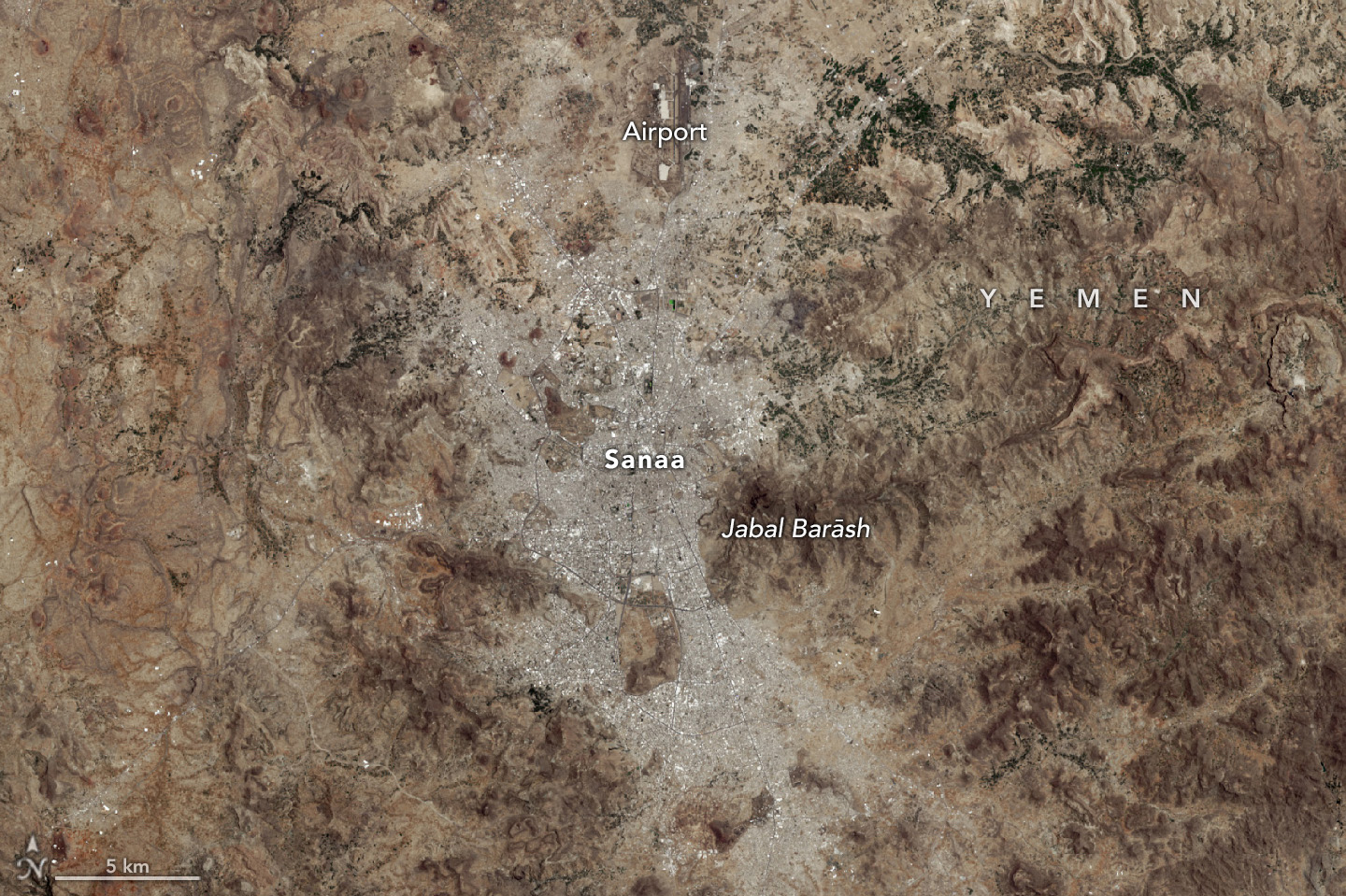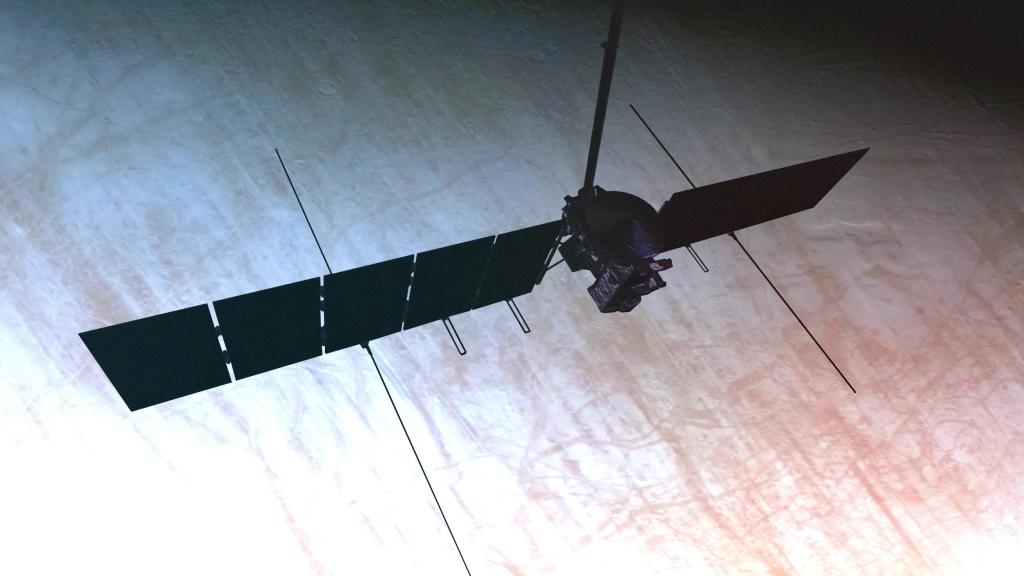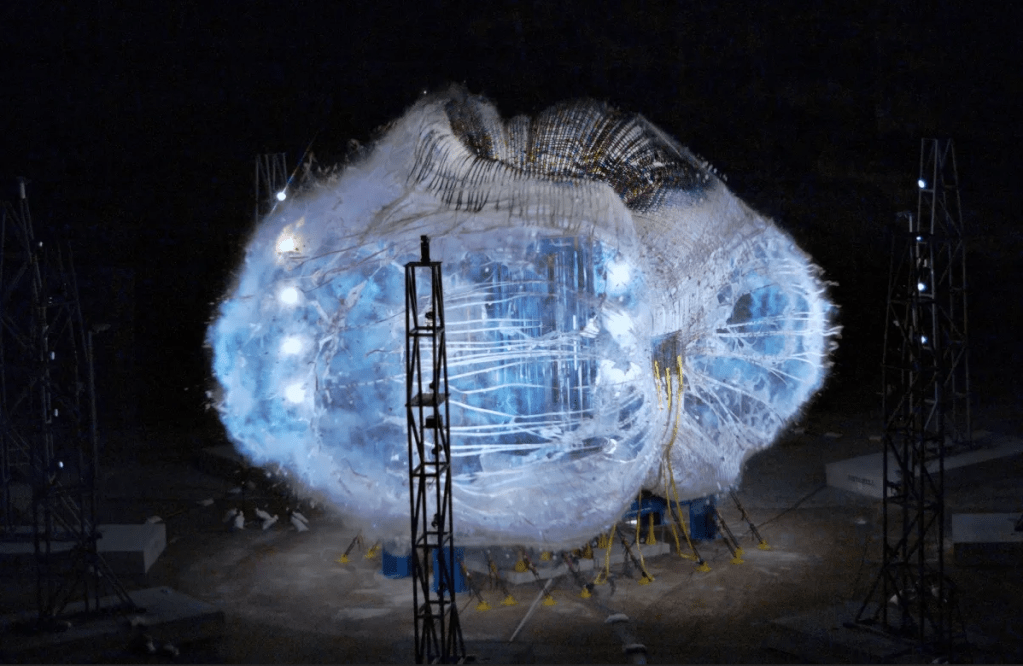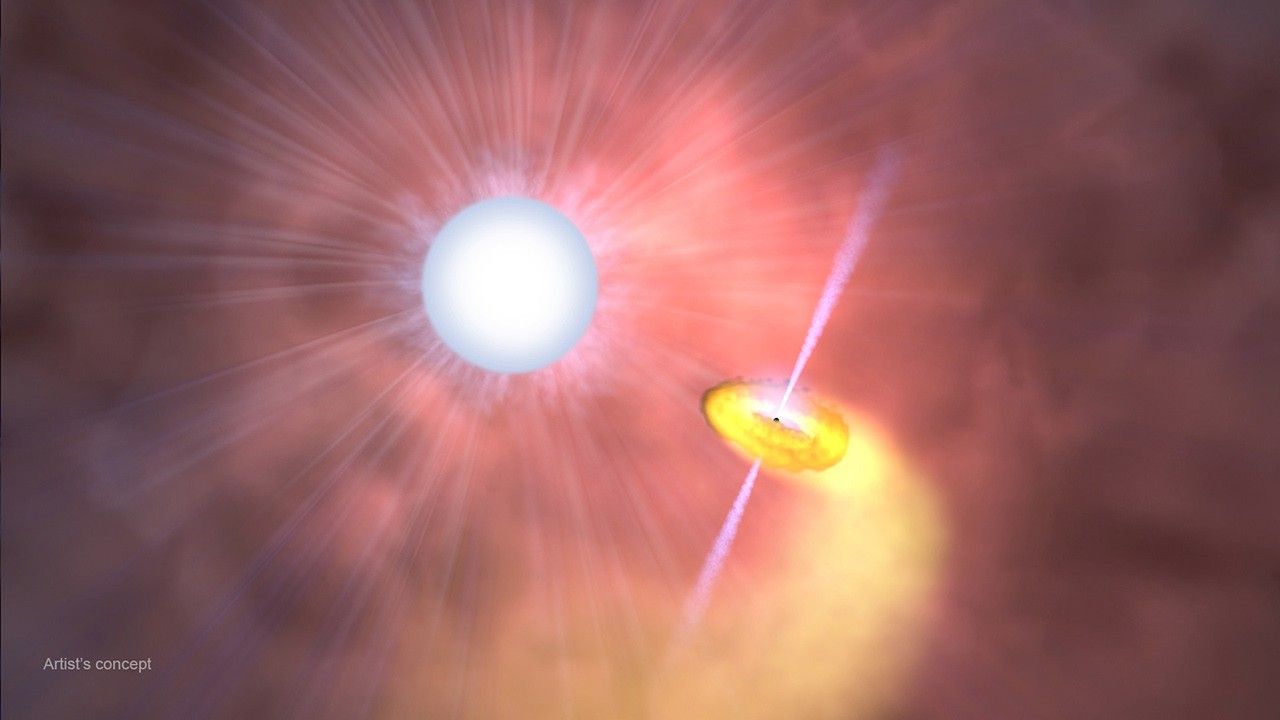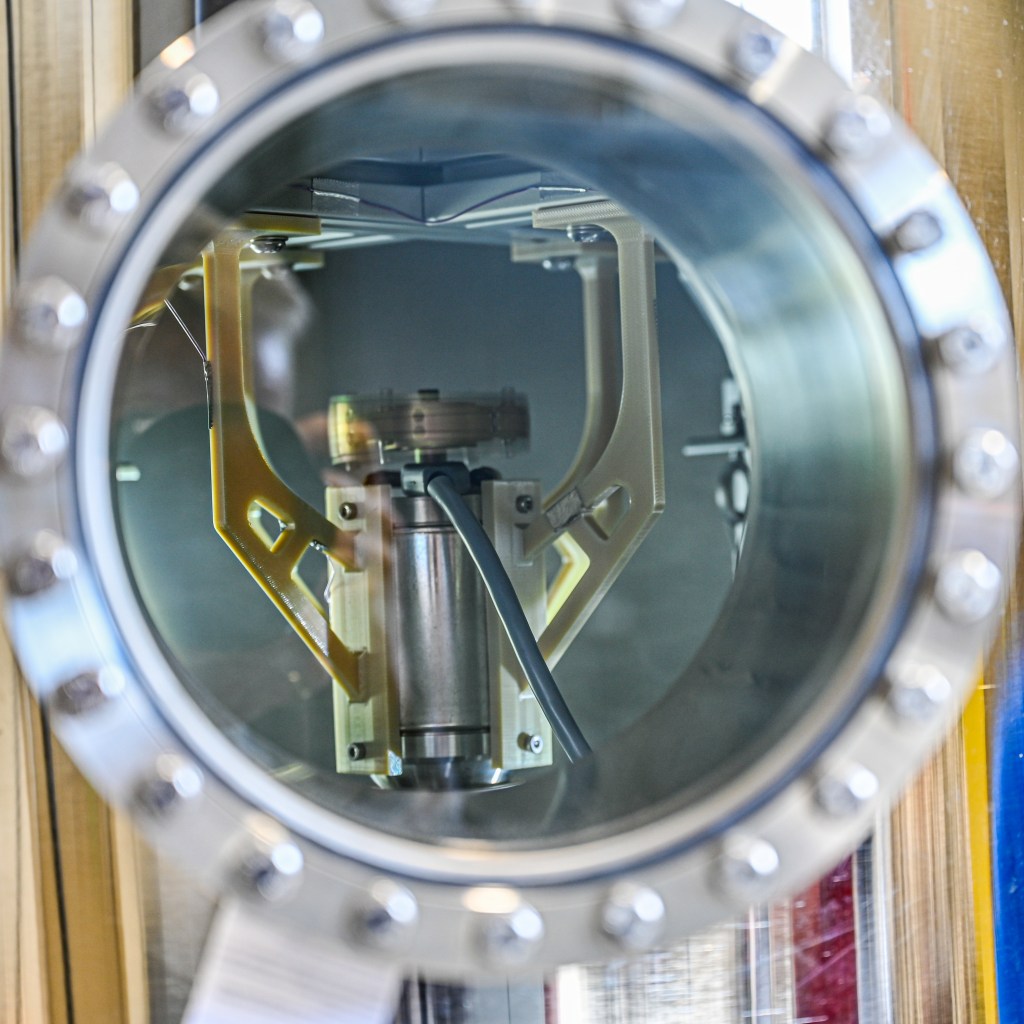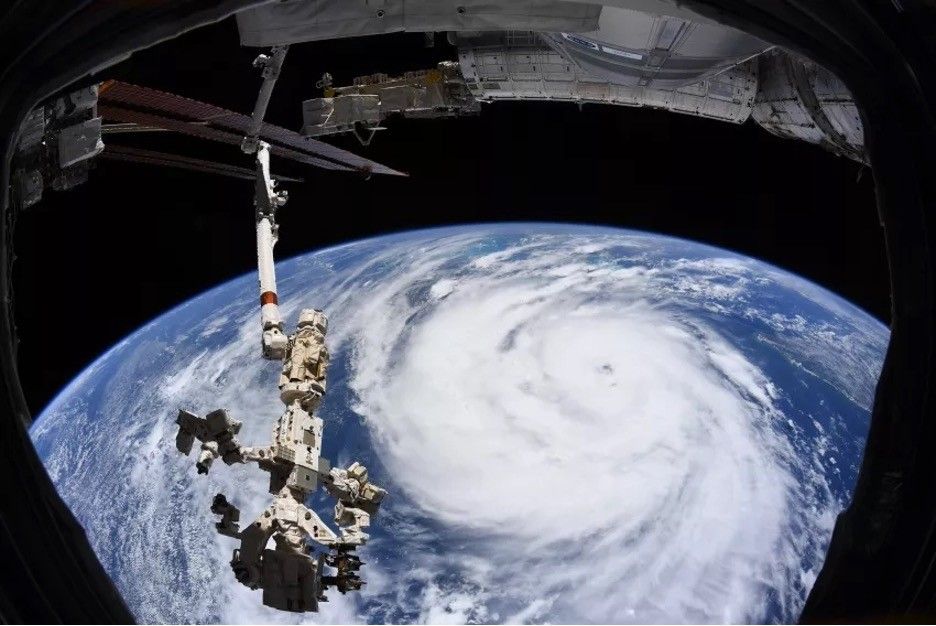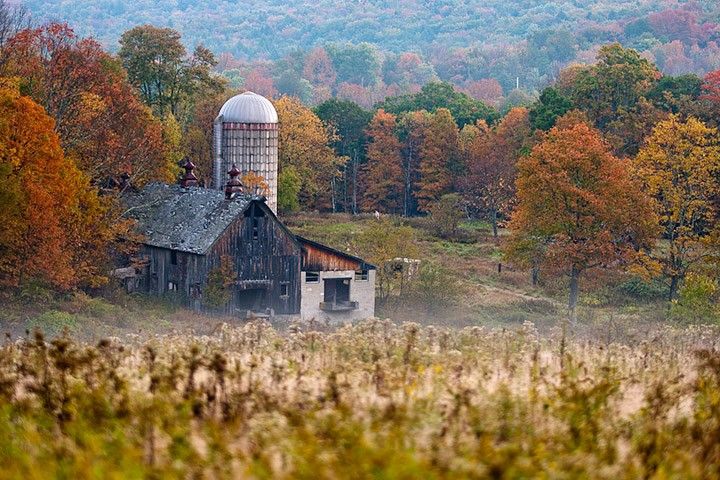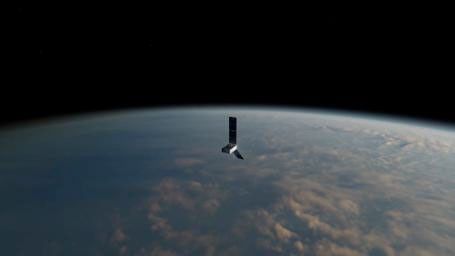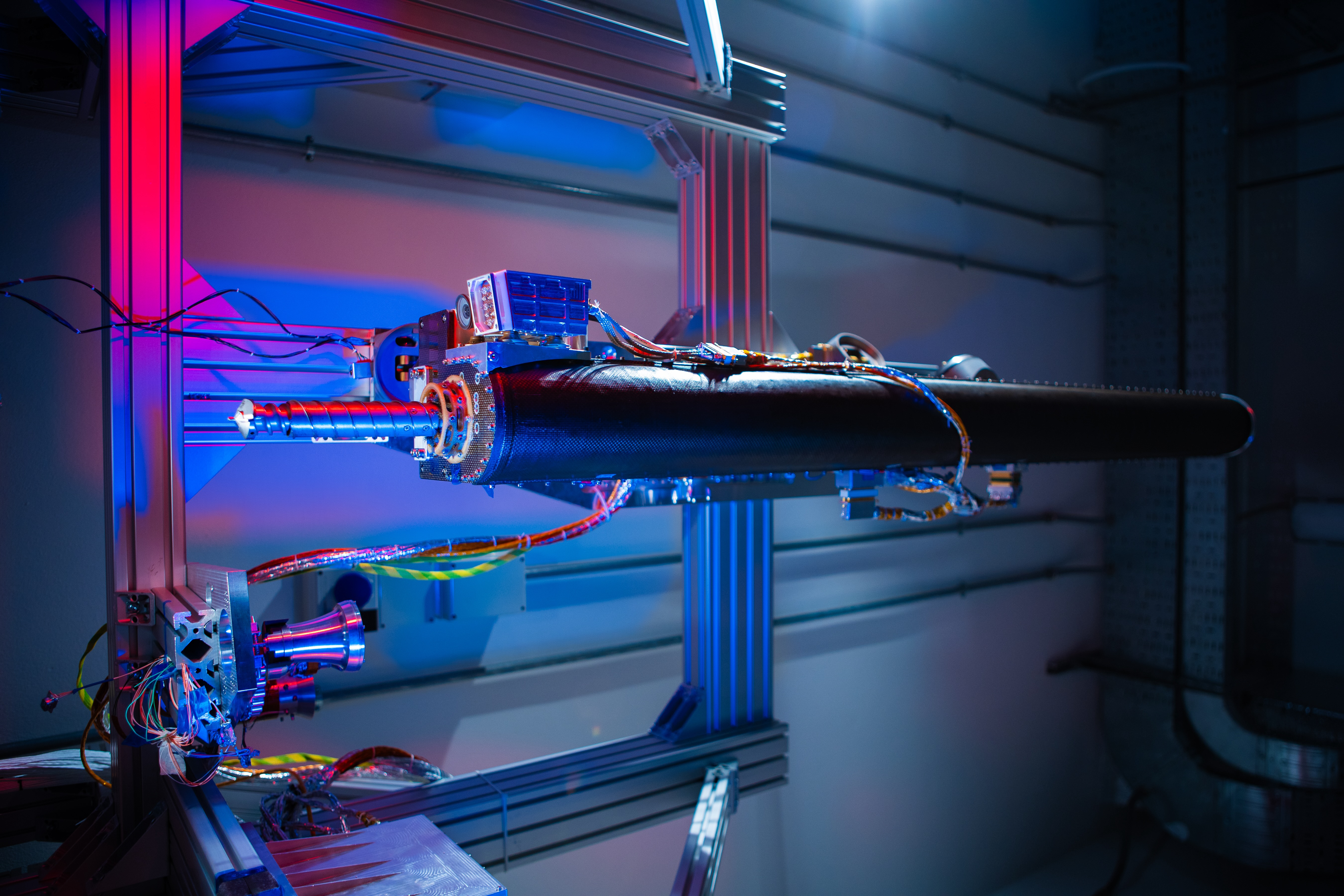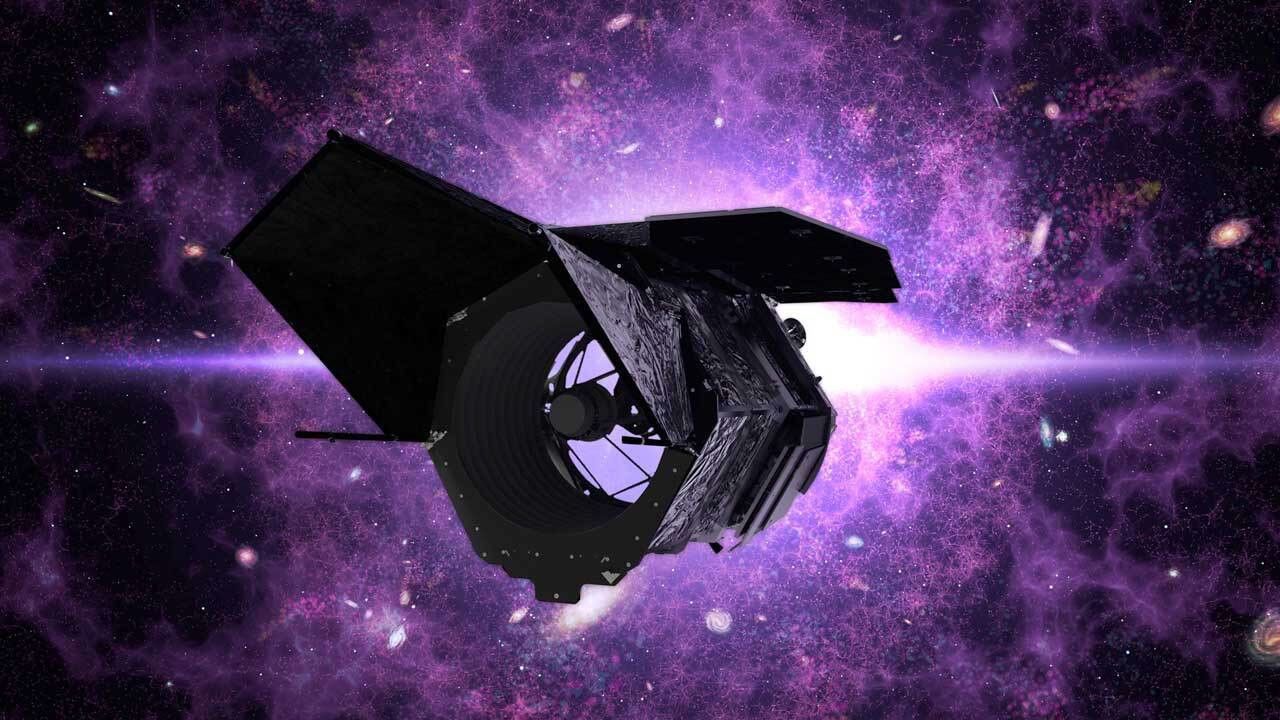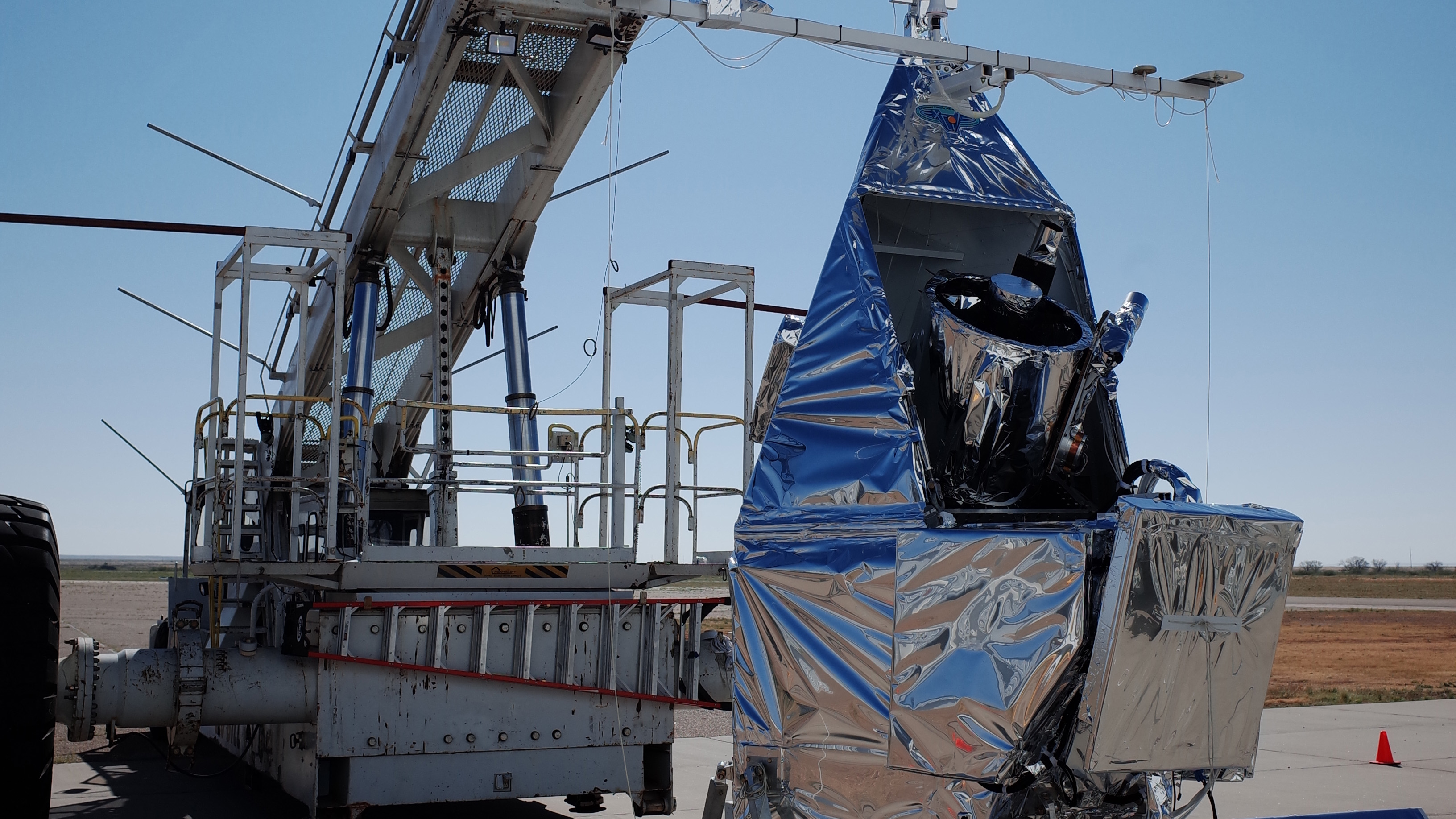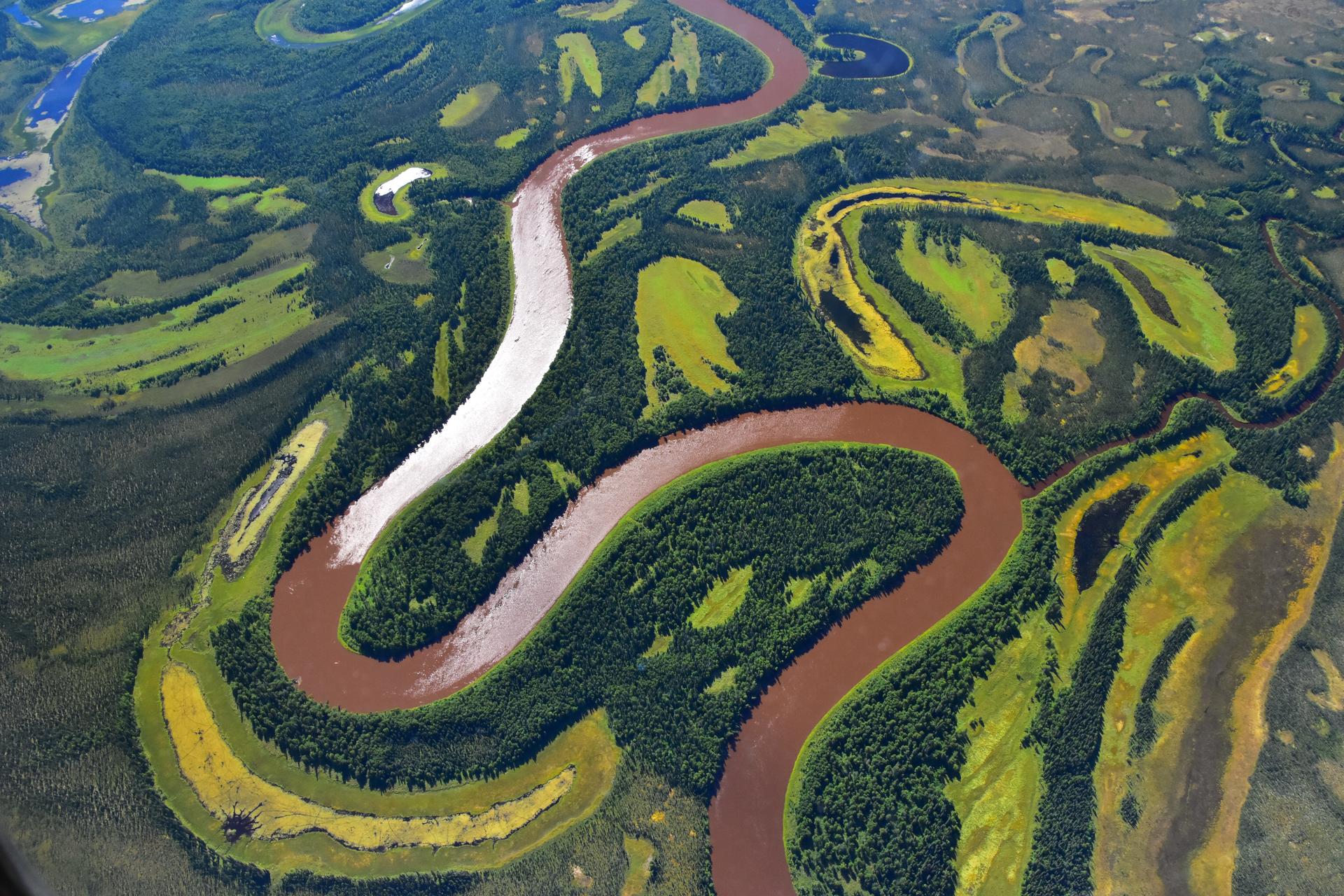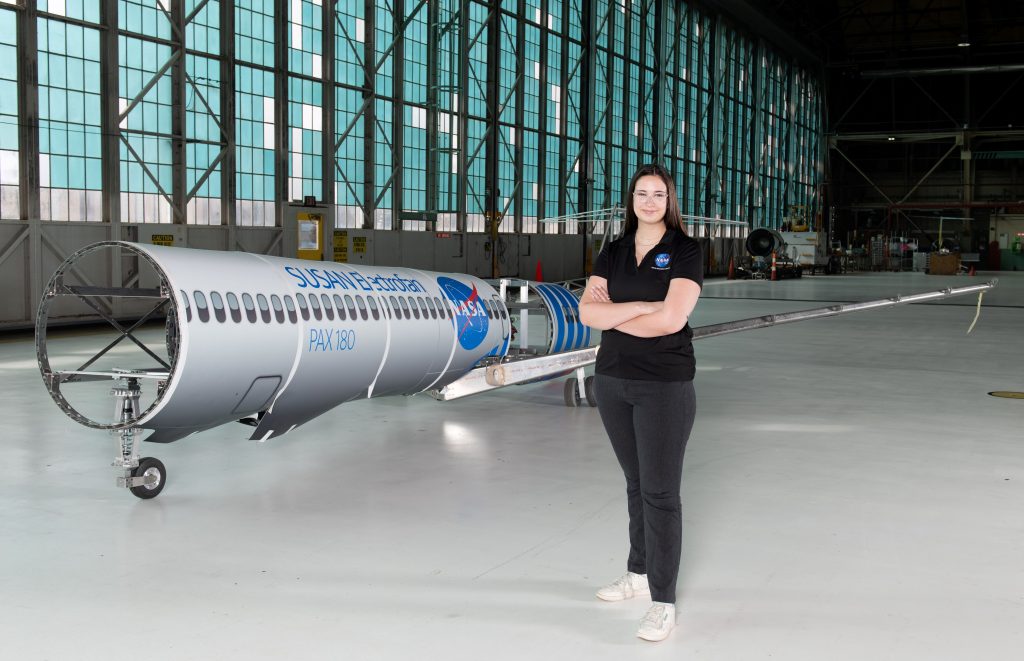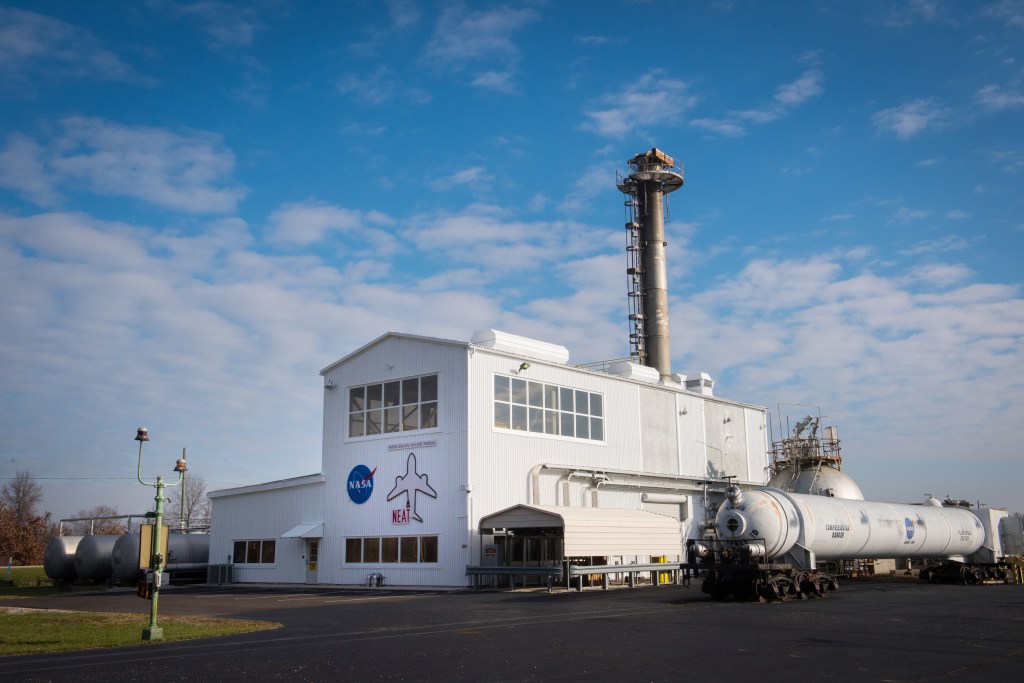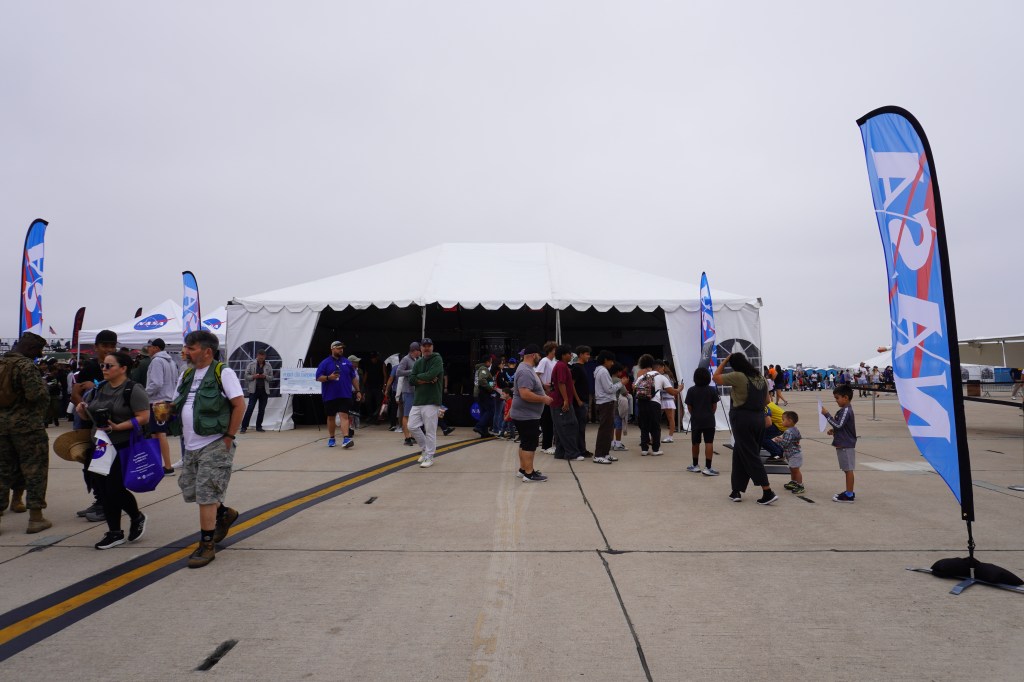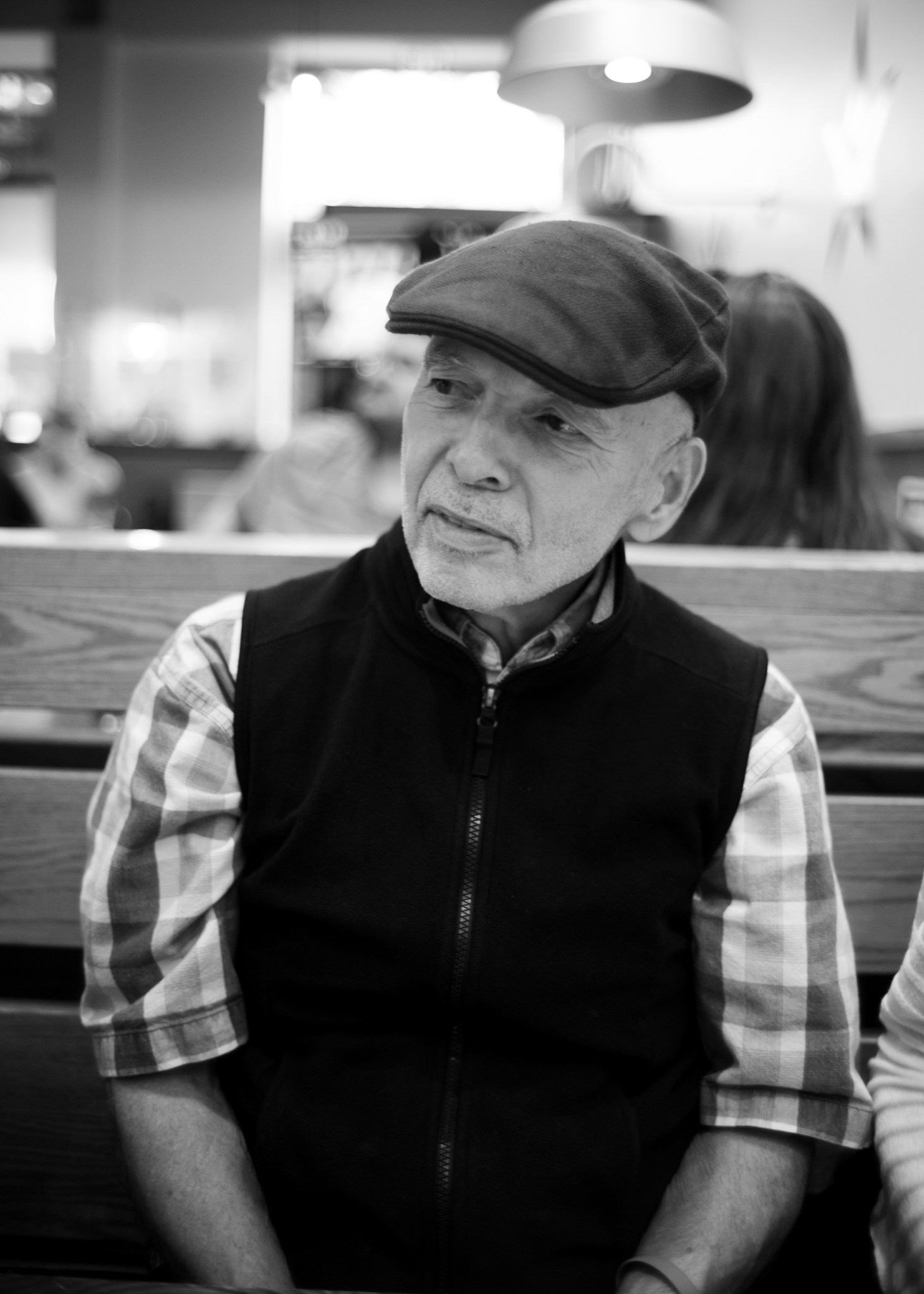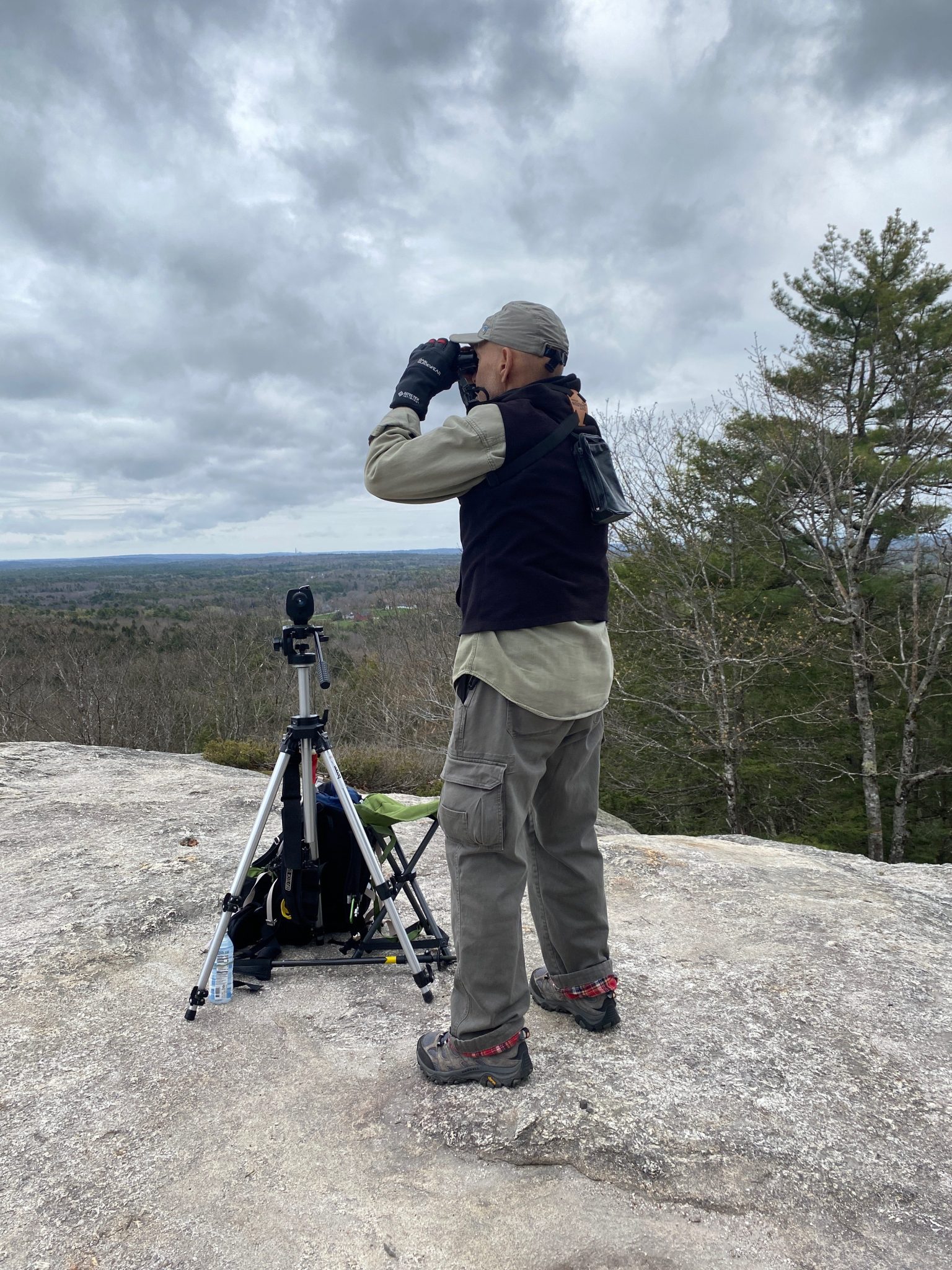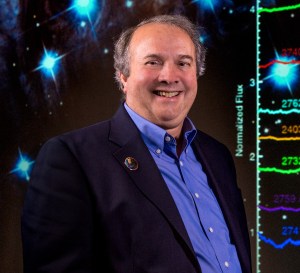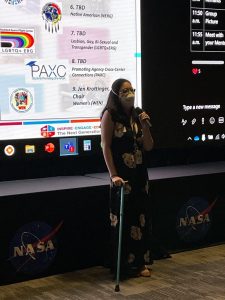From the first lunar footsteps of Apollo to the threshold of humanity’s return aboard the Artemis missions, Ted Michalek has been part of the fabric of Goddard for 55 years — and counting!
Name: Theodore “Ted” Michalek
Title: Chief technical engineer (retired), now consultant
Formal Job Classification: Thermal engineer
Organization: Thermal Engineering Branch (Code 545), Mechanical Division (Code 540) and Systems Review Office, Flight Assurance Directorate (Code 301)
What do you do and what is most interesting about your role here at Goddard?
I’ve been a thermal engineer at Goddard since May 1970, over 50 years. I’m currently a consultant to the lead thermal engineer for the Roman Space Telescope mission. I am also part of a team reviewing the Compact Coronagraph Instrument (CCOR-2) which will fly on the Space Weather Follow On (SWFO) mission. The thermal engineering discipline involves and affects all of the hardware and systems on all spaceflight hardware, and is involved from “cradle to grave,” from conception to the end of every mission.
What is your educational background?
I went to the Baltimore Polytechnic Institute, a Baltimore City public high school with an engineering preparatory curriculum. In 1969, I earned a B.S. in aerospace engineering from the University of Maryland.
How did you become a thermal engineer?
From the time I was 2, I was always fascinated by things that flew, especially airplanes. I originally wanted to be a pilot, but my mother found that I was partially color blind so I could not become a pilot. I decided to become an aeronautical engineer instead. In college, I did not enjoy the aerodynamics courses, so I gravitated to the structural design of flight systems. It was the Apollo era and I was fascinated by the space program, and was fortunate to get a job at Goddard in a mechanical design group. After a year, I was transferred to the thermal design group which, at that time, had a critical shortage of engineers.
How did you come to Goddard?
Through a job fair and interviews, I came to Goddard in June 1969 about one month before the first moon landing, Apollo 11.
Why have you stayed at Goddard for over 50 years?
I’ve stayed at Goddard because it’s a really good place to work and the work is interesting. I was on the front line of thermal engineering for spacecraft design. Although I retired in 2009, I returned as a contractor consultant. After 40 years, I only wanted to work part time, but have enjoyed keeping my hand in the field, continuing to contribute, and working with the people.
What is most challenging about being a consultant to the lead thermal engineer for the Roman Space Telescope?
Roman is a challenging mission thermally since much of the instrument and optical portions of the observatory need to be maintained at temperatures well below room temperature. Not as cold as the James Webb Space Telescope, but still a challenge. I had been doing reviews for Roman when it started, and eventually became part of their team. The lead thermal engineer is a very good guy whom I helped mentor when he first arrived in the thermal branch about 15 years ago. Thankfully I gave him good technical advice years ago, and am glad to be helping him out again. I’m proud that he has been so successful.
What is your role in reviewing the CCOR-2 instrument?
The systems review office at Goddard has a program of periodic reviews of every big project several times during their development phase from inception to launch. Every project has a committee of technical experts from various branches who are usually senior engineers who act as independent reviewers. The project presents to this review committee, discipline by discipline. There are success criteria for each periodic review. Each review has a pass-fail grade with details of what went into the grade, specific recommendations and advisories which are less binding than the formal recommendations. If there is really a problem, which is rare, they might get a lien, a restriction against proceeding beyond a certain point until a specific problem has been corrected.
What are your career highlights?
I’ve had many. One was being part of a small group of technical experts at Goddard who served as consultants to Argentina’s space agency, CONAE, when it was first formed and when they were designing their first orbiting satellite in the late 1980s and early 1990s. I went to Argentina a few times, and to Brazil twice for thermal testing. Another was being lead thermal engineer for the Earth Radiation Budget Satellite (ERBS) that was launched from a space shuttle. I also worked quite a bit on the WMAP (Wilkinson Microwave Anisotropy Probe) design, test and launch effort, and I also had the opportunity to work on the big Webb telescope test done in Houston before launch. I traveled to Houston for 10 days, every month, for five months to support that test, including right after Hurricane Harvey.
Do you know that your nickname is the Thermal Engineer Guru?
I may have heard that before. It’s OK, though the original thermal guru for me was Robert Kidwell, the assistant branch head when I joined the thermal branch, and was my first mentor there. A large part of the later part of my career included informal mentoring and reviews. I was responsible, as the chief technical engineer, for the technical output of my branch, so I spent a lot of my time talking with the engineers in the thermal branch, especially when they were involved in difficult technical situations. I worked with them to help make decisions. The job also included conducting periodic engineering peer reviews.
One of the engineers I worked with quite a bit said that they were the ones firing the cannon and I was especially good at aiming the cannon. That made me feel good.
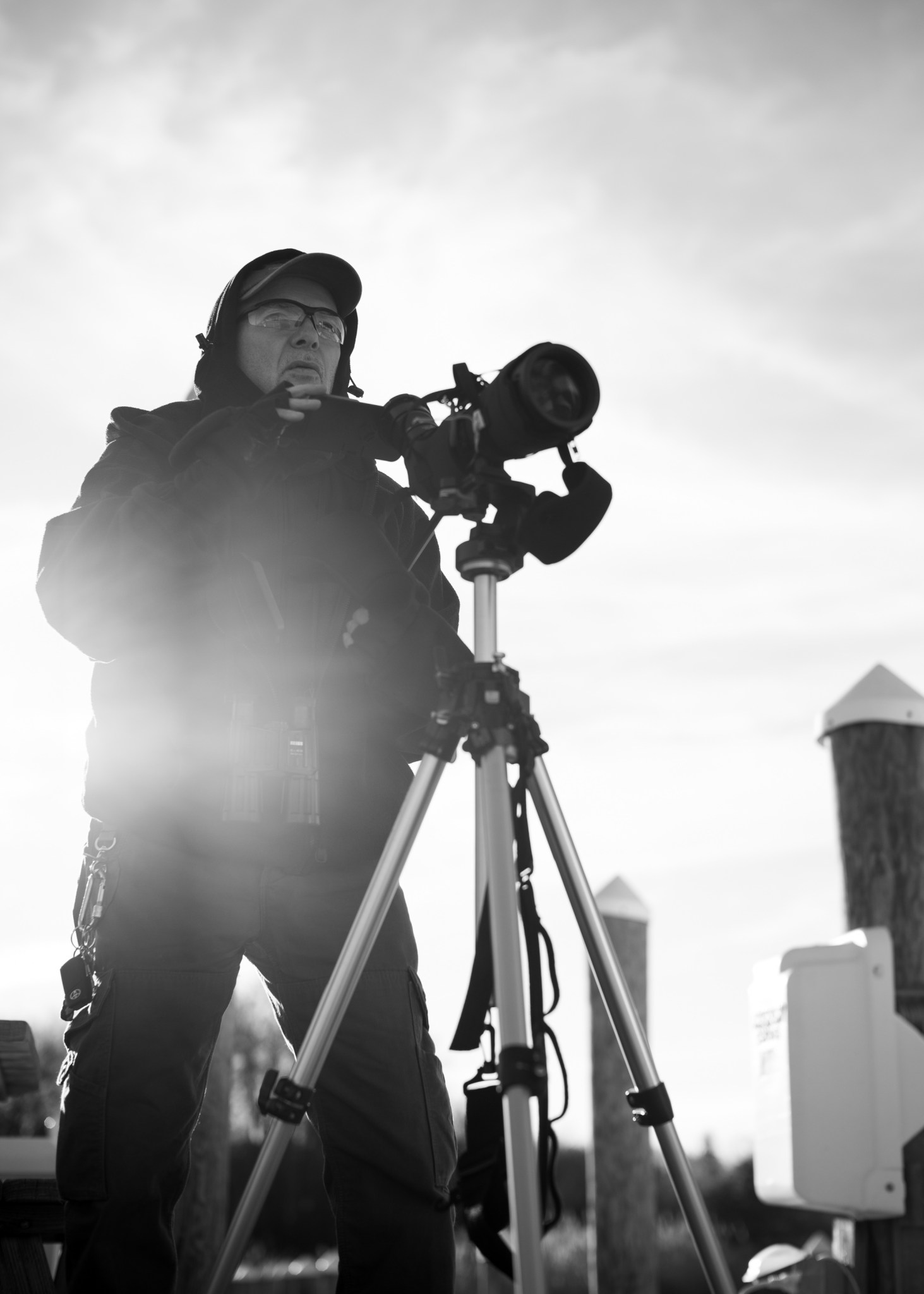
What changes have you seen in Goddard over the years?
The one big change is how the complexity of the missions has evolved. Our missions have gotten more sophisticated in technology and science. The size and complexity of our missions has increased. Thermal engineers work with almost every other disciplinary area including the scientists because everyone’s equipment has different thermal requirements.
I don’t think the culture of Goddard has changed that much. Goddard has always been a group of very smart and dedicated people who are devoted to the missions that they are working. Goddard generally has a very collegial and collaborative atmosphere. Over the years, the coordination of the different technical and science disciplines has improved, I’d say primarily because of the evolution of the systems engineering function which is a key part of every project, and has been for some time now. We also document more thoroughly now than we did when I started.
In 1970, when three of us entered the thermal branch, the first thing the branch did was have the assistant branch head conduct a three month training class. He was a pioneer in the field of thermal design for spacecraft, the real thermal guru. Over the years, the thermal branch has continued this kind of training class for incoming engineers.
I came to work at Goddard 10 years after Goddard was created. When Goddard opened, there was a need to develop a workforce that knew how to build and launch spacecraft. Among other things, we had a number of people who came from the U.S. Naval Research Lab, or NRL, one of whom was the assistant branch head who taught us. Most of these people had worked on the Vanguard Project, which resulted in the launch of the second U.S. satellite to orbit the Earth.
I came to Goddard about 12 years after the field of thermal engineering for space flight was started. I was there for the continuing maturation of this field. Because our missions are so much more complex, the field keeps evolving. Computer modeling is an important part of the field and that has gone through a huge evolution since I was a young thermal engineer, including collaboration with the structural analysts to predict in-orbit deformations, which is a key on many missions these days, including Roman. Also, the thermal hardware we have to utilize has evolved, necessarily, to answer the demands of ever more complex science missions.
My first year at Goddard, we were doing vibration testing on a spacecraft model. I remember clearly thinking, as I was trying to position the instrumentation, that Goddard has been doing this for 10 years, and wondered if I’d ever do something new and different. Little did I know how much more evolution would go on from then until now. Every mission is different and requires creative ways to meet ever more demanding requirements.
What do you do for fun?
I have been a semi-serious bird watcher for the last 35 years. About three years ago, I was introduced to several aspects that rekindled my interest. One is a free app for my cellphones called Merlin, developed by the Cornell Laboratory of Ornithology, which helps identify birds. Another is a free app called eBird, also developed by the Cornell Laboratory of Ornithology, which allows you to list the birds that you have seen on an outing and report it to Cornell’s worldwide data base. Now I feel like when I am going birding, I can easily keep track of the birds I have seen and at the same time help contribute to bird studies.
I also recently became involved in watching hawks in particular. There is a network of people and organizations from Canada to the northern part of South America who, during the fall and spring migration seasons, have expert observers in carefully chosen locations. The data from these sites goes into a database that’s been kept and analyzed for almost five decades now. These observers are charged with counting every migrating hawk they can see, daily, for two to three months. These people are fantastic in how they can do this tough job, in the outdoors, sometimes on a platform, from 7 a.m. until 4 or 5 p.m. every day, seven days a week, for two to three months at a time. Some are paid professionals. Depending on the location, day and weather, these hawk watches can count anything from zero migrant hawks to, in the Panama Canal Zone, 300,000 hawks. That’s in one day at the peak of the season. I really have a lot of respect for these hawk watchers.
On a birding trip in May 2024, I visited two of these hawkwatch sites, one at Bradbury Mountain State Park in Maine, and the other at Braddock Bay State Park in New York. In addition to getting some great practice at hawk identification, I learned first-hand the influence that weather, including wind direction, has in the daily flights, and how well the official hawk counters know the hawks and where to look for them based on the conditions, and how they can tell migrants (which they report) from local birds (which they don’t). It’s amazing how they’re able to quickly, at a glance sometimes, identify a hawk at a distance of several miles. At Braddock Bay, I was fortunate to be there on a couple of days when they had daily counts of more than 1,000 migrant hawks, and can attest first hand to the skill and focus necessary to identify and count that many birds. It was a good trip: in addition to visiting family, I saw 16 species of birds on this trip that I’d not seen before, including my first golden eagle, called to my attention by the professionals at Braddock Bay.
What lessons or words of wisdom would you pass along to somebody just starting their career at Goddard?
Take advantage of the culture at Goddard to learn your job as well as you can, which will enable you to take on more responsibility in time and contribute as much as you can to these missions. I’ve always been appreciative and excited about how all of Goddard’s missions contribute to our knowledge of the universe and the quality of our life on Earth.
Who do you want to thank?
I want to thank my family, my wife especially. And also my parents who provided me with a nurturing and secure upbringing, and an education. My wife and I homeschooled our two children through high school. I helped in the evening, but she did the bulk of the work. My wife has always been very supportive of my career. We met at Goddard. In the early ’70s, I taught a beginners’ class for the Goddard karate club and she was a student of mine. She offered me a correction for one of the exercises I had them do, and I listened and corrected it. My sister, our children and grandchildren, and the rest of my family have always been supportive of and interested in my career as NASA. I’m thankful to have such a wonderful extended family.
From my early years at the thermal branch, I would also like to thank Ed Powers, who transferred me into the thermal branch and became the assistant director of engineering before he retired. Ed recently made a presentation about the early history of the thermal branch in the 1960s. I’m helping him a bit with his presentation. I would also like to thank Norm Ackerman, who was also a thermal branch head. Both of them were my supervisors and also two of many excellent mentors and leaders I worked with at Goddard.
By Elizabeth M. Jarrell
NASA’s Goddard Space Flight Center, Greenbelt, Md.
Conversations With Goddard is a collection of Q&A profiles highlighting the breadth and depth of NASA’s Goddard Space Flight Center’s talented and diverse workforce. The Conversations have been published twice a month on average since May 2011. Read past editions on Goddard’s “Our People” webpage.

